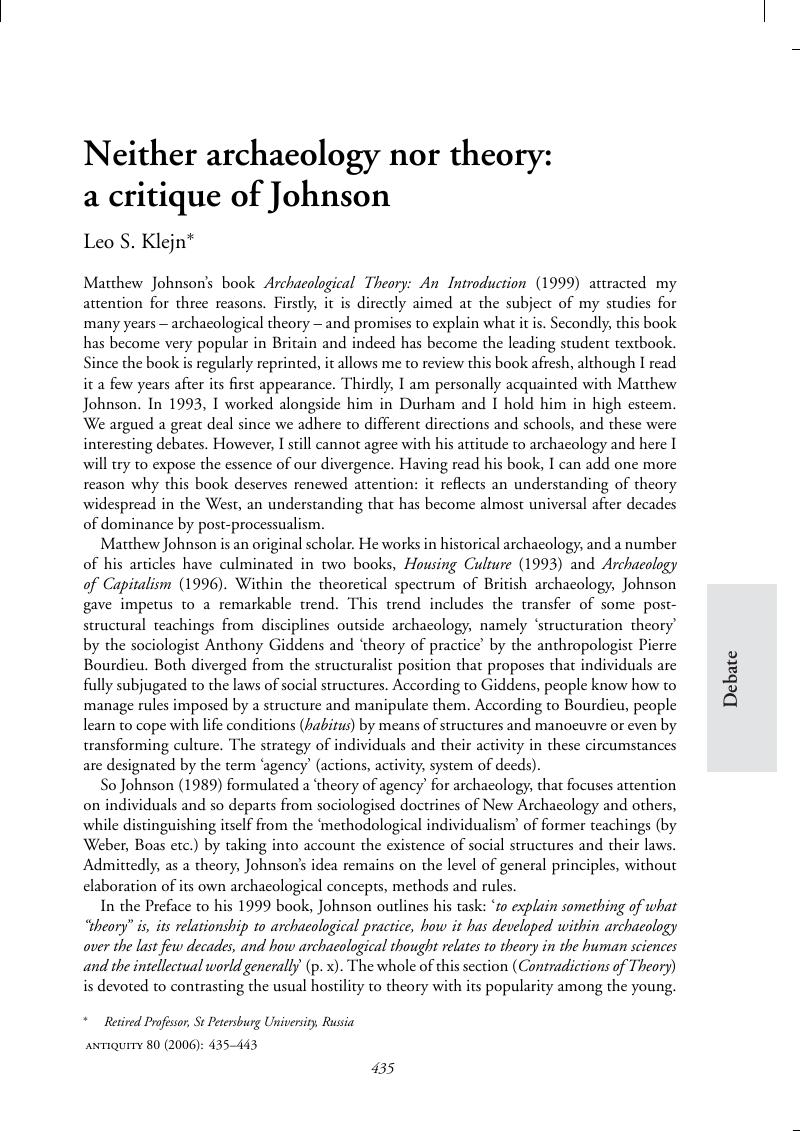Crossref Citations
This article has been cited by the following publications. This list is generated based on data provided by Crossref.
Wilkin, Neil C.A.
2011.
Grave-goods, contexts and interpretation: towards regional narratives of Early Bronze Age Scotland.
Scottish Archaeological Journal,
Vol. 33,
Issue. 1-2,
p.
21.
Mcclain, Aleksandra
2012.
Theory, Disciplinary Perspectives and the Archaeology of Later Medieval England.
Medieval Archaeology,
Vol. 56,
Issue. 1,
p.
131.



